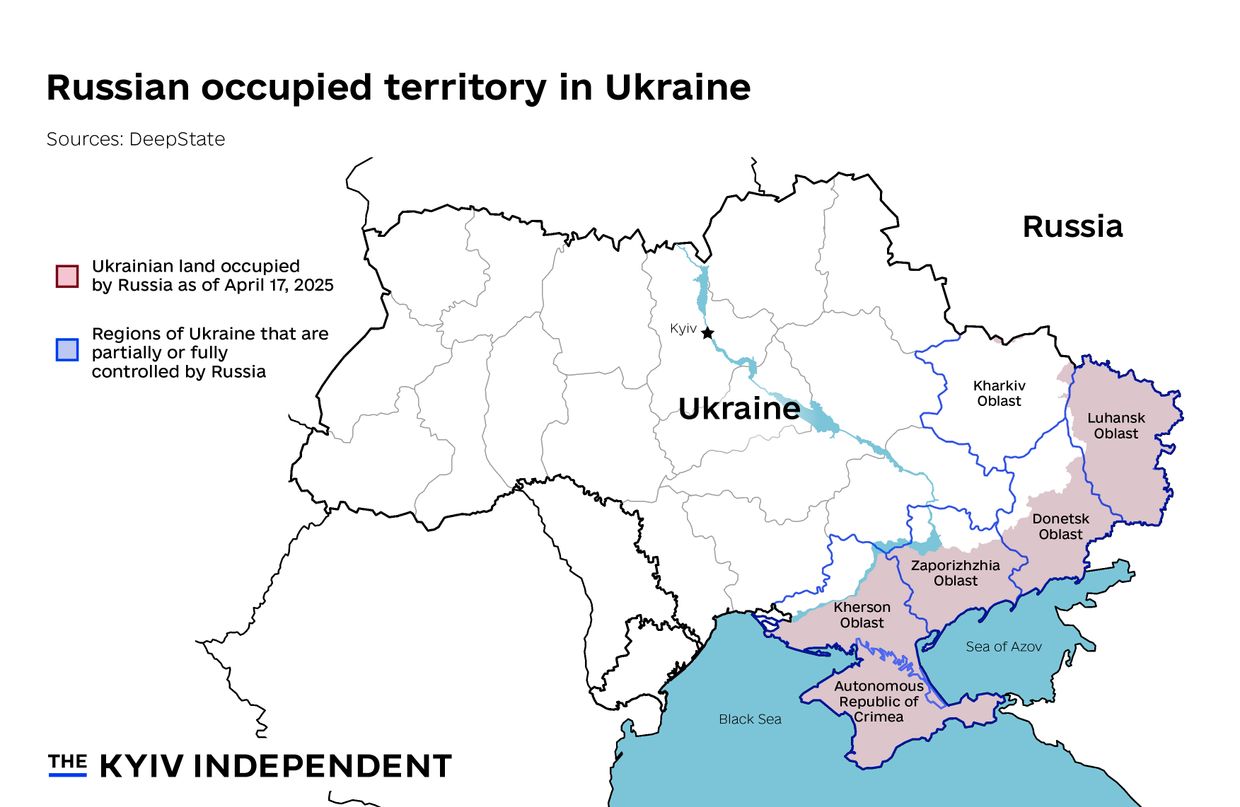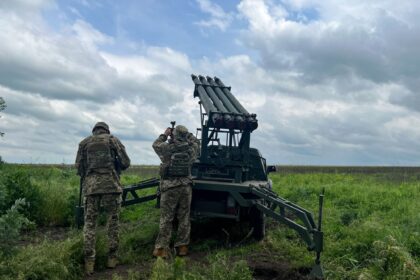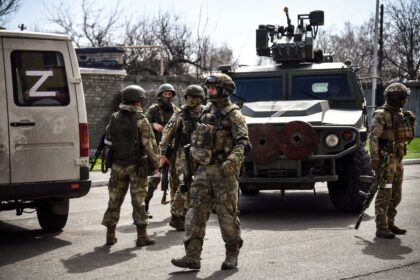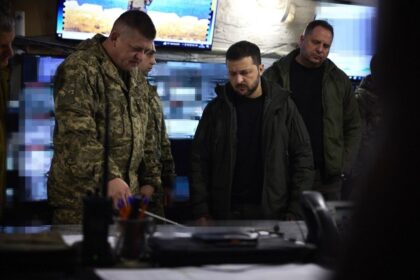**Ukraine’s Five Key Territories: The Sticking Point in Peace Talks**
As the world waits with bated breath for a ceasefire between Russia and Ukraine, five Ukrainian territories have emerged as a major obstacle to peace talks. These regions – Crimea, Zaporizhzhia, Kherson, Donetsk, and Luhansk – are at the heart of the conflict, and their fate is crucial in determining the future of Ukraine.
**A Brief History**
Russia’s annexation of Crimea in 2014 marked the beginning of its ongoing war with Ukraine. The invasion of eastern Ukraine, including the regions of Luhansk and Donetsk, followed soon after. Since then, millions of Ukrainians have been displaced, and human rights groups have documented widespread torture, unlawful detention, and forcible disappearance of civilians living in Russian-occupied areas.
**The Current Status**
Russia currently occupies 99% of Luhansk Oblast, 66% of Donetsk Oblast, and 73% each of Zaporizhzhia and Kherson oblasts. Ukraine still controls the major regional capitals of Zaporizhzhia and Kherson, where hundreds of thousands of people live and are subjected to frequent Russian drone and missile attacks.
**Why They Matter**
For Ukraine, ceding sovereignty over these territories is a “red line” that Kyiv will not cross in negotiations. President Volodymyr Zelensky has repeatedly stated that any peace deal must restore all of Ukraine’s territory, while acknowledging the possibility of temporary occupation of land Russia has seized.
**The U.S. Stance**
The United States continues to recognize Ukraine’s sovereignty over these territories. However, recent comments from U.S. special envoy Steve Witkoff have raised concerns among Ukraine’s supporters. Witkoff’s views are not representative of the entire administration, with Secretary of State Marco Rubio and Special Envoy for Ukraine Keith Kellogg urging President Trump to resist territorial concessions to Moscow.
**The Polls**
Only 8% of Ukrainians would be willing to fully withdraw Ukrainian troops from Donetsk, Luhansk, Kherson, and Zaporizhzhia oblasts to end the war. Less than 5% would be willing to recognize those regions as Russian, according to a poll published by the Razumkov Center.
**The Road Ahead**
As negotiations between Ukraine and Russia have largely stalled, the fate of these territories remains uncertain. Control over them could give Russia strategic control over Crimea, access to the Sea of Azov, and vital supply routes to the peninsula. The U.S. stance on these regions may yet shift, but one thing is clear: any peace deal that involves territorial concessions will have far-reaching consequences for Ukraine’s future.
**What’s Next?**
As tensions between Ukraine and Russia continue to escalate, it remains unclear what role these five territories will play in the eventual peace talks. One thing is certain, however: their fate will be crucial in determining the course of this conflict.












